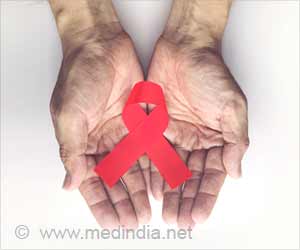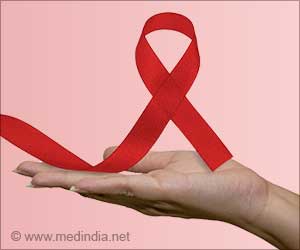HIV patients on a single-tablet daily regimen had better treatment retention and viral suppression than patients taking multiple pills.

‘HIV patients on a single-tablet daily regimen had better treatment retention and viral suppression than patients taking multiple pills.’





HIV, or human immunodeficiency virus, weakens the human immune system. It increases the risk of catching other common infections and conditions that don't usually affect people with stronger immune systems. As the infection progresses, it can lead to AIDS (acquired immunodeficiency syndrome). If untreated, the average survival time with HIV is 9 to 11 years.
In 2016, more than 28,000 veterans with HIV received care from VA.
HIV care has come a long way in recent years. Combination antiretroviral therapy was introduced in the 1990s. This treatment led to significant reductions in deaths due to HIV infection. However, these early treatments were not without their downsides. Early therapy involved complex regimens involving up to a dozen pills each day. Newer treatment regimens are typically taken only once per day. Once-daily regimens are the new standard for HIV care. Having to take medicine only once per day decreases pill burden, which could improve patients' quality of life and treatment adherence. Some of the newest regimens require only a single daily pill. While studies have shown that patients prefer a single-tablet regimen, not much research has been done on whether a single pill results in better treatment outcomes than a multiple-tablet regimen. Some of the common multiple-tablet regimens are becoming available in generic versions, meaning they will be less expensive. Insurance companies may insist on these regimens if they are cheaper than a single tablet.
To test whether one treatment approach was better, the research team studied more than 1,000 patients at a non-VA Texas clinic who were just beginning HIV treatment. They looked at 622 patients on a single-tablet regimen and 406 on a multi-tablet regimen, all taken once daily. While both regimens were based around the drug teofovir, they did not include the exact same combination of medicines. The multi-tablet regimen also contained an antiretroviral HIV drug class called boosted protease inhibitors, and the single-tablet regimen contained a different class called non-nucleoside reverse transcriptase inhibitors.
After following the patients for a year, the researchers found that the single-tablet regimen compared favorably with the multi-tablet regimen. They measured three aspects of treatment: adherence, retention, and HIV suppression. Treatment adherence means that patients took their medicine more than 80 percent of the time, based on prescription fills. Interestingly, the two regimens had similar rates of adherence. So that factor alone would not explain the apparent edge for the single-tablet group. To show retention in care, patients had to visit their doctors for viral load measurements at least twice, at least three months apart, during the first year. Eighty-one percent of the single-tablet group showed retention, compared with 73 percent of the multi-tablet group. HIV suppression was defined as a viral load in the blood of less than 400 copies per milliliter. In the single-tablet group, 84 percent had viral suppression after the first year. In the multi-tablet group, 78 percent showed suppression.
Advertisement
Future research will also need to focus on which treatment is more cost-effective, since single-pill regimens may prove to be more expensive.
Advertisement















